Post photo: Crumbling European flag | © Shutterstock
The article also appeared in Agefi Luxembourg.
What can we wish for at the beginning of this year, if not the rapid and lasting return of peace in Europe, as well as in its neighbourhood? This implies restoring respect for international law, and therefore for the borders of Ukraine, those internationally recognized in 1991.
In the current geopolitical situation, certain facts do not encourage optimism. The war against Islamist terrorism is less of a priority, but it remains a time bomb, particularly in the Sahel. The outcome of the war in Ukraine remains uncertain, as we shall explain later.
The hegemony of the United States of America is being challenged. Power confrontation, while remaining below the threshold of open warfare, has become topical again. By invading Ukraine, Putin has wiped out twenty years of Russian recovery and integration into the world economy. Xi Jinping is following the same path. He is threatening Taiwan and freedom of navigation in the China Sea, as well as India, while he cannot stamp out the Covid-19 pandemic. Mr. Erdoğan is playing a double game between the West and the Russians, while his economy is doing very badly.
In this context, transatlantic solidarity is more necessary than ever. The critical mass required to deal with the bloc made of China, Russia, Iran and North Korea could only be brought together by joining American, European and Japanese, South Korean, Taiwanese, Australian and New Zealand capabilities, provided that each contributes according to its population and large domestic product.
Europe, indecisive and powerless
Let us state that European capabilities are laughable compared to those of the United States of America, because there is no such thing as a “European defense” and because the European States have disarmed themselves to excess since the end of the Cold War.[1] Europe should act as Charles de Gaulle did in the early 1960s, so that France could contribute to facing the Soviet threat in Europe. He created a nuclear deterrent force, an air-land battle corps, a territorial defense force and forces to intervene outside Europe to maintain or restore peace in our neighborhood. This is how a European defense should be conceived. This requires in particular legitimate, effective and efficient European executive and legislative powers.
Europe must no longer, for the time being, participate in various coalitions led by the United States of America against so-called rogue States, conduct air campaigns, provide peacekeepers, interposition or stabilization forces or forces for humanitarian intervention. It has the opportunity, for a time, to focus on the main threat. It is faced with the fact that war in Europe is no longer unthinkable. This was already the case twenty years ago, during the implosion of the former Yugoslavia, but our leaders have little reactivity or memory. They have not developed strategic autonomy, ie politico-military autonomy, either at the level of the States, which no longer have the means to do so, or at the European level, because this would imply transferring to it a certain number of sovereign and symbolic competences of the States.
This remains a difficult step for our governments to take. Even the dramatic events taking place in Ukraine do not seem to generate the necessary political will, even though public opinion is increasingly aware of the urgency of this transfer. This is not surprising. Almost everywhere, in all areas, we see a widening gap between the people and their elected representatives.
The European Union (EU) and some European States have been able to provide Ukraine with minimal aid, much less than the Americans and the British: the British do almost as much as the 27, the Americans do ten to twenty times more. The European Peace Facility has contributed to this EU action through a transmutation. Set up in July 2020 to finance equipment, mainly non-lethal, for the Sahel countries that Europe was supporting in their fight against Islamist terrorism, in 2022 it mainly allowed the EU to reimburse the supply of lethal weapons by the Member States to Ukraine. However, this was only €3 billion in ten months, as the seven-year envelope was used up. The European Council therefore agreed to increase this budget by €2 billion in the short term and by €5.5 billion in the medium term and if necessary, after three months of discussions. This seems almost to the European bureaucracy, but it is far too long in wartime. This confirms both the inability of our intergovernmental governance to manage crises and the impecuniosity of continental Europeans, almost six years after Mr Macron's declarations in favor of a European defence. Instead of doing what is needed to make it happen, he has accepted permanent structured cooperation (PESCO) on the sterile German model.
Permanently structured cooperation: a smoke screen
The “German” PESCO, as President Chirac had foreseen since 2000, proved incapable of making up for our capability shortcomings and our technological lag.
The High Representative's progress report on the PSC of July 2022 has exposed once again that it does not deliver on its promises. The report shows that most Member States have increased their defense spending, in an attempt to reach 2% of gross domestic product, but the targets of 20% of R&D spending and 35% of equipment spending in cooperation are far from being met. Joint procurement has even decreased from 11% in 2020 to 8% in 2021. Many shortfalls persist in contributions to EU military missions and operations, EU Battlegroups, the Rapid Reaction Force, command and control structures for missions and operations, including the EU Military Planning and Conduct Capability (MPCC). States make little use of the expertise of the European Defense Agency and the EU's capability development and planning tools.
The European Parliament's December 2022 report on PSCO laments that Member States are not making full use of the PSCO framework and that progress in its implementation remains widely below expectations. It considers that no robust and effective measures have been put in place to deter Russian aggression against Ukraine. It considers that Europe is facing the most complex combination of threats since the end of the Cold War and that, in response, the EU must urgently strengthen the effectiveness of its foreign, security and defense policy and thus its capabilities in this area. He points out that between 1999 and 2021, EU defense spending increased by 20%, compared to 66% for the United States of America, 292% for Russia and 592% for the People's Republic of China, and that these last two countries use their military power to intimate, threaten and attack their neighbors.
It deplores the fact that the industrial fragmentation of European military capability development and procurement costs between €25 and €100 billion each year and has a considerable impact on the overall competitiveness of the defense sector. It regrets that the Member States have purchased only 11% of their total equipment collaboratively in 2020 and 8% in 2021, despite their commitment to reach 35% of common defense procurement.
It recalls that the EU's ambition to act in the field of security was expressed more than 20 years ago, and that the results in terms of capabilities, interoperability and cooperation remain limited, despite the establishment of the European Defense Agency, the Capability Development Plan, the PESCO, the Military Planning and Conduct Capability (MPCC) and the Annual Coordinated Defense Review.
It denounces the fact that since 2017, 61 projects have been launched under the PESCO without any of them achieving tangible results; that the European Commission and the European External Action Service have proposed the establishment of the instrument to strengthen the European defense industry through joint procurement (EDIRPA), which should be endowed with only €500 million, about €1 per European citizen.
It states that CSDP missions and operations suffer from slow decision-making and excessive micro-management by the European Council.
On the other hand, the report erroneously considers that the strategic compass “is a major dynamic that could provide the necessary impetus for the establishment of a genuine Defense Union, capable of consolidating the EU's integrated approach and enabling it to be a real player in the field of security and a reliable partner”.[2]
This overlooks the fact that the strategic compass is only a declaration of intent, which cannot put an end to the wasteful spending on defense in Europe, as the use of force will remain a prerogative of the States. For Europe to become an effective and efficient military power, and therefore deterrent, it is necessary and sufficient for it to create a federal State.
The was in Ukraine
Putin temporarily stopped the Ukrainian reconquest of the Luhansk oblast thanks to the rainy season, mobilization and the re-establishment of a Stalinist discipline: the ban on surrender and the second echelon barrage detachments: death is certain if you retreat, death is possible if you ahead.
Neglecting Hitler's failure with his V1 and V2 missiles, Putin then bombed with missiles and drones to destroy Ukraine's vital civilian infrastructure, but the lack of ammunition and the increasing effectiveness of Ukraine's air, missile and drone defence, thanks to deliveries of Western systems, is gradually reducing the damage.
Ukraine has developed its ability to strike far into Russia. Two Russian bases were hit on December 6, 850 km and 700 km from Kharkiv, as well as in Crimea and even in Novorossiysk in the Caucasus.[3] This threatens the supply of Russian troops stationed in Crimea, but also those on the left bank of the Dnieper, west of Melitopol. A Ukrainian breakthrough in Zaporizhia oblast would cut into two the area linking the Russian region of Rostov on the Don and Crimea. A Ukrainian breakthrough of the Svatove – Kreminna front could force Russia to evacuate at least the part of Luhansk Oblast it invaded in the summer of 2022.
Putin is trying to persuade Western opinion to stop helping Ukraine, playing on the consequences of the war on daily life and on fears, especially of global conflict. In this regard, retired General Ben hodges, former commander of US ground forces in Europe, believes that if Putin were to use a weapon of mass destruction, nuclear, chemical, or bacteriological, Mr. Biden would likely retaliate violently, but with conventional weapons. He could have destroyed Russian bases, command posts and armaments in occupied Ukraine, including Crimea, but also in the Black Sea, Transnistria, Abkhazia, South Ossetia, and Syria. Wagner's various bases in Africa are also vulnerable.
By dint of defeats will Putin eventually be challenged, the security apparatus will not support him indefinitely. Khrushchev's adventureism during the Cuban crisis caused his ouster. A more democratic and less aggressive Moscow regime could gradually normalize its relations with the West, especially if Europe acquires deterrent forces to maintain peace at home and to help restore peace in Ukraine, Moldova, and Georgia.
What should be done?
The defense of Europe should become a more important part of the European project. Greater integration of Europe's military efforts is needed. Europe should have defense capabilities, a strong, reliable, efficient chain of command and rapid decision-making, but without overlap or duplication with NATO. The conflict in Ukraine has shown the weaknesses of a Russian army that does not value professional education and training, does not have a doctrine adapted to a changing, dispersed, and complex operational environment, and does not have a rapid decision-making process. As a matter of priority, our armies should invest in personnel, education, training, and infrastructure to support personnel in garrison and on operations.
Secondly, to avoid strategic surprises, we should achieve technological superiority, to deter anyone from starting a conventional war. This requires short defense procurement processes, to be able to adapt our forces to unexpected circumstances, and an agile and robust, cooperation-oriented, defragmented, state-of-the-art defense industrial and technological base. This is why our defense spending must become efficient.
The concepts of pooling and sharing in the EU framework and of smart defense in NATO have failed for a decade to increase interoperability. Only a federal Europe can establish a meaningful defense in Europe. It sounds utopian, but didn't Cavour and Garibaldi unify an Italy that had been fragmented since the fall of the Roman Empire?
Unlike their fellow citizens, many European leaders still argue that only a national capability allows action, at the right time, for the right purpose, to respond to threats and ensure security. This is why they only want cooperation with other States through specific treaties, whereas the lives of soldiers of national armies should not be put at risk on the basis of an unanimous decision of the European Council.
In Europe, there is a degradation of democracy: while in nation states, sovereignty has progressively gone from the sovereign to the people, in the EU, the opposite is true: the European Council has gradually concentrated most of the power. The European Parliament, elected directly but illegitimately, has become subservient to it, as have the European Commission and the national parliaments.
Therefore all Europeans should support the S€D's efforts to achieve a federal Europe, which is a necessary condition for the establishment of an effective and efficient European defence.
[1] The main European countries (France, Germany, Italy, the Netherlands, Norway, Poland, Spain, Turkey and the United Kingdom) had 18,941 tanks in 1992, which will drop to 4,372 in 2022, ie a drop of 77%; 3,660 combat aircraft, which will drop to 1,586, ie a drop of 57%; 180 large combat ships, which will drop to 109, ie a drop of 39%; and 107 submarines, which will drop to 57, ie a drop of 47%. The 2022 data must also be reduced by 30-60% depending on the country and the type of weapon system, to obtain the numbers of operational systems. These are not very interoperable, given the large number of types of tanks, armored combat vehicles, artillery, combat aircraft and helicopters, ships, missiles, etc. See Georgiana Cavendish, David Chinn, Nadine Griessmann, Hugues Lavandier and Tobias Otto, Invasion of Ukraine: Implications for European defense spending, McKinsey & Company, https://www.mckinsey.com/industries/aerospace-and-defense/our-insights/invasion-of-ukraine-implications-for-european-defense-spending, December 2022.
[2] Tom Vandenkelaere, Annual Report 2022 on the mise en œuvre de la politique de sécurité et de defense commune, Bruxelles, European Parliament, A9-0296/2022, https://www.europarl.europa.eu/doceo/document/A-9-2022-0296_FR.html, 13/12/2022.
[3] Hans Petter Midtun, “Russo-Ukrainian War. Day 286: Russian troops launched a massive missile attack on the critical and civilian infrastructure of Ukraine” in Euromaidanpress, https://euromaidanpress.com/2022/12/06/russo-ukrainian-war-day-286-russian-troops-launched-a-massive-missile-attack-on-the-critical-and-civilian-infrastructure-of-ukraine/, 6/12/2022.

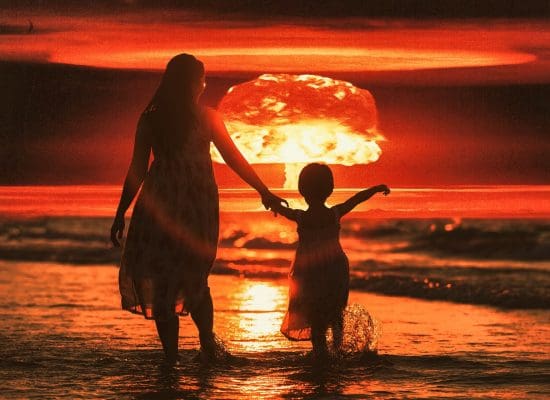
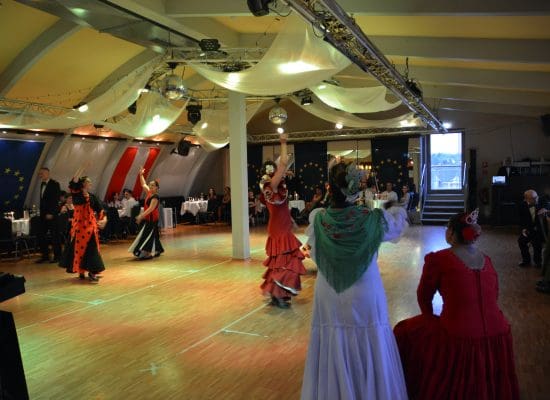
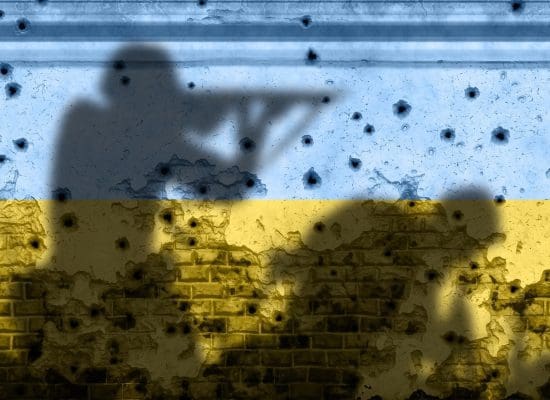
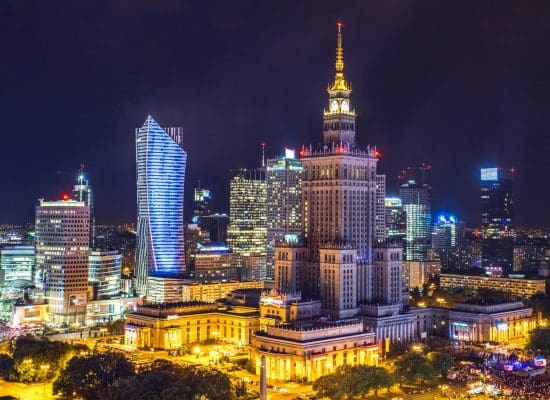
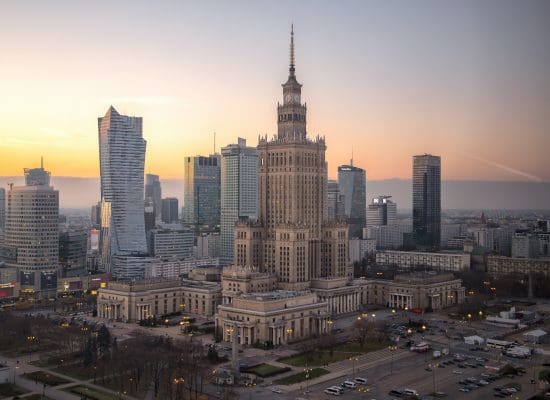


Worth reading contribution by Jean Marsia
kuemmerle.name/towards-peace-…
Dear Jean, precisely because of all the arguments given above, I do not think that going it alone in Europe is either feasible or expedient.
There are reasons why we have NATO and they are even more serious today than they were then.